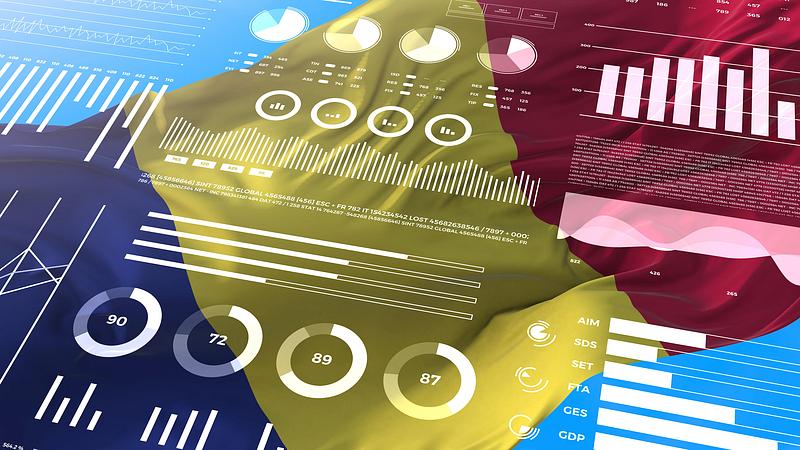Romania’s robust 2022 growth achieved at cost of rising fiscal slippage risk



Despite the mild negative revision published by the statistics office INS on April 7, Romania boasted the third-strongest economic growth (+4.7% YoY) in central and eastern Europe last year, after Slovenia (+5.4%) and not far from the region’s most buoyant economy Poland (+4.9%), based on data last updated on April 6.
Besides Bulgaria and Slovakia, Romania is among the three economies in the region to post positive growth rates (QoQ) in each of the past two quarters of the year. Czech Republic, Estonia and Hungary reported technical recession, and the other five countries in the region posted negative growth in at least one of the quarters Q3 and Q4.
However, there is a warning message visible in the latest GDP revision published by Romania’s statistics office on April 7: public consumption (fiscal stimulus) was revised upwards consistently by some 8% (+RON 10 bln or EUR 2 bln, 0.7% of GDP) from the first estimate in March. So instead of decreasing by 2.4%, it increased by 4.8% in real terms.
In contrast, the net tax revenues were revised downwards – indeed slightly, but again in the sense of weaker sustainability.
The pattern seems to have aggravated in Q1 this year, judging from the Government’s panic. The Executive estimates a negative deviation of 1% of GDP for the full-year revenues, based on the budget execution in Q1. This would shift the full-year deficit target from 4.4% to 5.4% of GDP – still an improvement from last year’s 5.8%.
Romania’s public deficit (expressed as a ratio to GDP) would thus remain twice those of Bulgaria or Slovenia (under 3% of GDP), while Poland also ended last year with a deficit of around 3% of GDP.
An abrupt and uncontrolled fiscal correction, likely given the lack of commitment demonstrated by the opportunistic ruling coalition, would/will have a visible impact on economic growth.
Overall, Romania’s domestic consumption increased by 5.2% YoY in 2022, revised from 3.8% YoY. Gross fix capital formation was revised downwards – not by much (-RON 4.3 bln), though. The stock of inventory was revalued severely downwards.
On the GDP formation side, no significant revision compared to the March estimate was operated. The sectors of IT&C, B2B services and even construction are thriving, while the sector of services for households posts moderate growth because of divergent developments.
iulian@romania-insider.com
(Photo source: Antonyesse/Dreamstime.com)